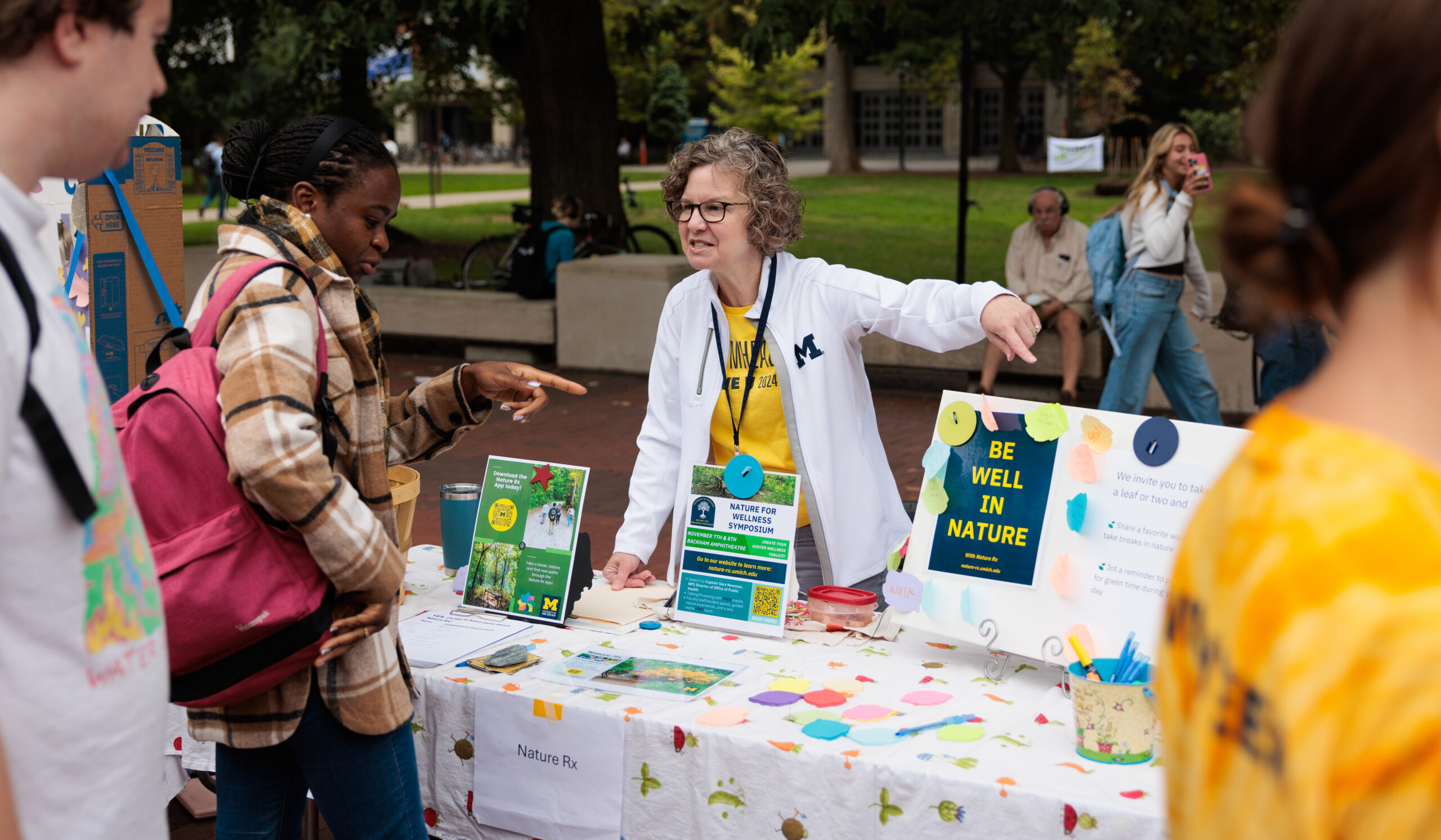2025 Summer Reading List
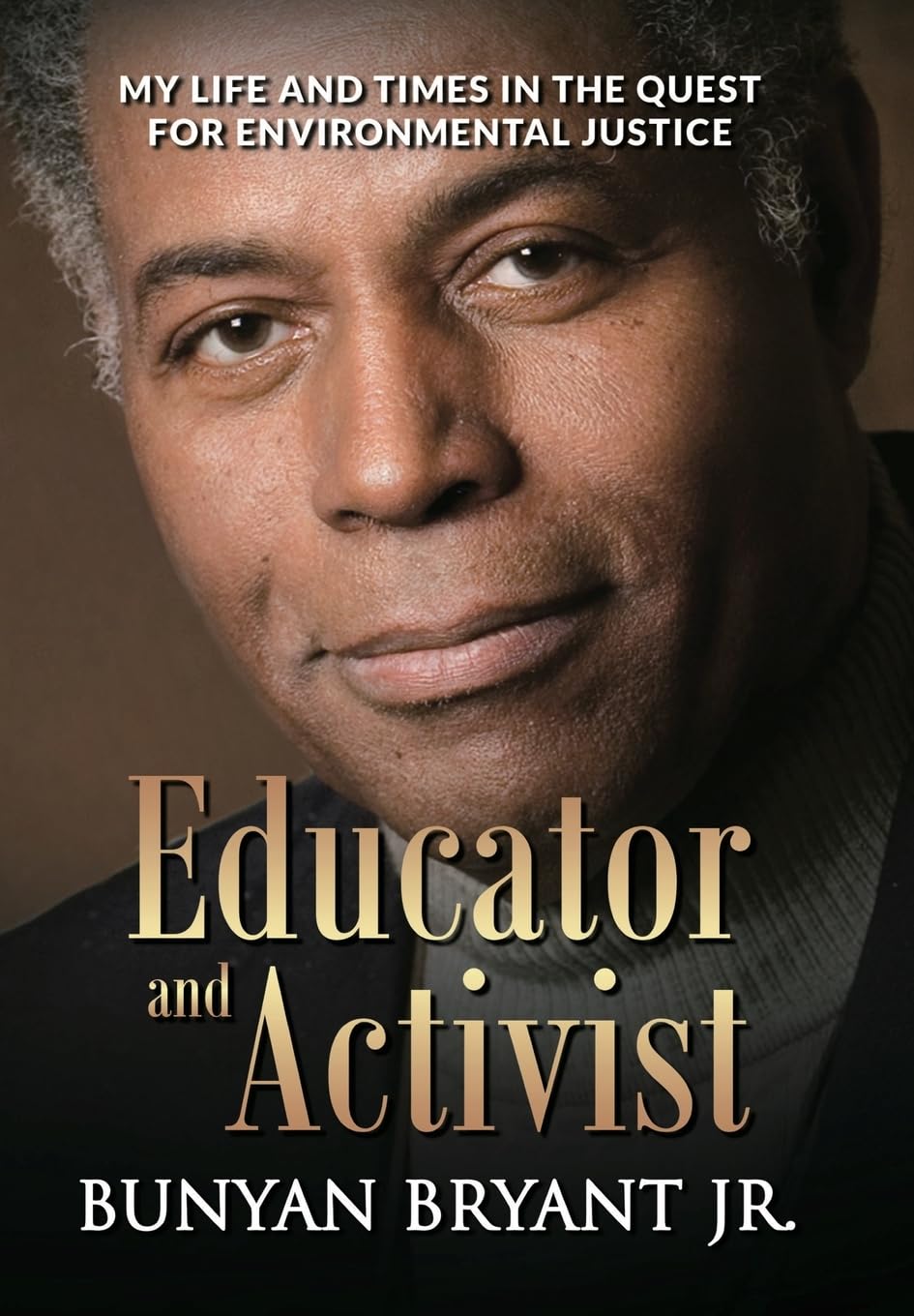 EDUCATOR AND ACTIVIST: My Life and Times in the Quest for Environmental Justice
EDUCATOR AND ACTIVIST: My Life and Times in the Quest for Environmental Justice
By Bunyan Bryant Jr., MSW’65,
PhD’70
Rivertown Books, 2022
Though he wouldn’t be involved in environmental work until 1972, Bunyan Bryant, MSW’65, PhD’70, first saw the “life-threatening effects of environmental justice driven by racial discrimination” when a third-grade classmate drowned trying to get home during a storm.
Many of Bryant’s personal experiences are marked by racism, and many of his earliest memories include the number of Black people he saw in white spaces, and their abilities to succeed despite ardent racism, which influenced his own decision-making and led to his impassioned involvement in the Civil Rights Movement in the 1960s.
Vividly remembered and composedly told, “Educator and Activist” is first a memoir of impactful anecdotes, ones that shaped Bryant’s life and offer the reader an intimate understanding of what it was like to be a young, Black man studying and working in Ann Arbor.
The happened-here stories include then-University of Michigan President Robben Fleming, HLLD’67, confronting the county sheriff over violence toward student protestors, testing discriminatory barbershops, and the local Peacekeepers Bryant helped train in nonviolent strategies to protect a Ku Klux Klan leader’s right to free speech in 1998, social activism ultimately leading to his environmental activism in the then-School of Natural Resources (SNR), despite Bryant’s admittance that he “knew nothing about natural resources or the environment.”
As the second half of his memoir details the myriad ways Bryant shaped SNR and progressed the environmental justice movement, readers are offered a greater perspective of the inextricable ties of activism, equity, and justice in our push for sustainability. — KATHERINE FIORILLO
 THE VOLCANO DAUGHTERS
THE VOLCANO DAUGHTERS
By Gina María Balibrera, MFA’13
Pantheon, 2024
Gina María Balibrera’s, MFA’13, debut novel is a sweeping, imaginative tale of historical fiction woven together with magical realism that follows two El Salvadorian sisters, Graciela and Consuelo, torn from their mother at birth, who live a lifetime apart but connected from afar.
As young girls, Graciela and Consuelo are forced to serve their country’s crazed general and manage to escape his genocide against their people. We follow them across decades as they become women, managing to survive each in their own way.
The prose is beautiful, but nonSpanish speakers could miss some of the nuanced meaning given the many Spanish words sprinkled throughout. Even so, this technique helps to create a mystical world, at times blending what is real and what is a dream. The narrators are ghosts, murdered Indigenous women who refuse to be forgotten, despite history’s tendency to erase their voices. They haunt their childhood friends, Graciela and Consuelo, guiding us through the twists and turns of their survival, blending the impossibility of the pain with a playful reminder that there can be joy and laughter amidst struggle.
A timely read that reminds us of suffering throughout history, Balibrera writes, “these mythical figures shift shapes, depending upon who tells the story and who listens.”
This is a tale of love and family lost, murder, racism, injustice, magic, hope, creativity, and in the end, rebirth. Balibrera has created a deeply feeling landscape that shows the strength of sisterhood. The sisters’ reunion, despite all that they’ve suffered, is reminder that resilience and hope can exist in times of darkness and despair. — JESSICA YURASEK, ’04
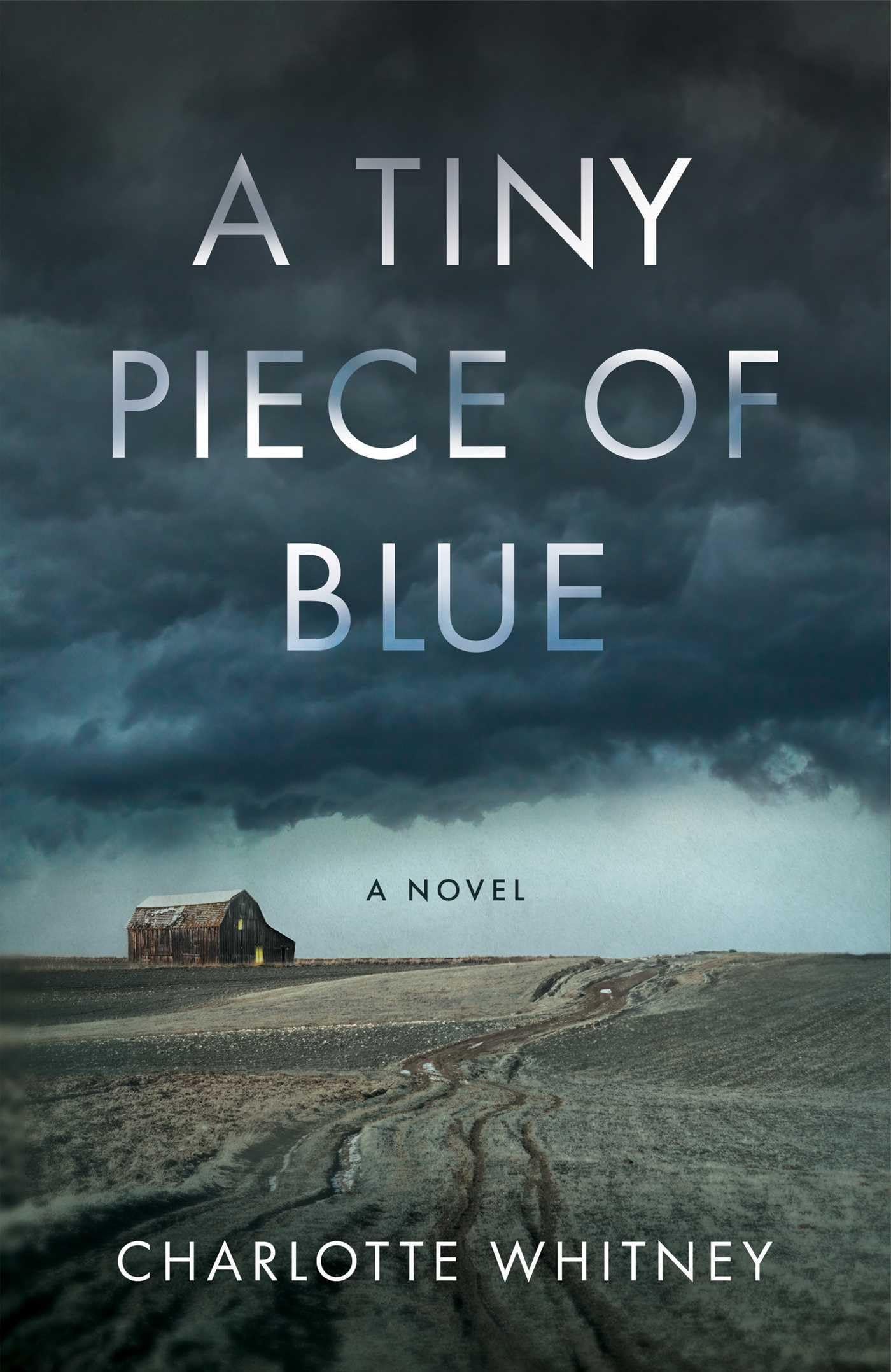 A TINY PIECE OF BLUE
A TINY PIECE OF BLUE
By Charlotte Whitney, MA’71
She Writes Press, 2025
Life is hard in and around Marshall, Michigan, in 1934, the setting for Charlotte Whitney’s, MA’71, latest historical novel. Dairy farming is demanding enough even in good times, but the Great Depression has left locals like Edna and Vernon Goetz living hand-to-mouth, and even brought threats of child kidnappings and prostitution rings to Calhoun County. When the house of one of the poorest families in the area burns down and the parents leave the older children to fend for themselves, Edna takes in one of the teenage daughters, Silstice Trayson, whom she’s been teaching to sew and in whom she sees promise. But Vernon is not happy with the arrangement, especially when a valuable stamp from his collection goes missing.
And yet “A Tiny Piece of Blue” is not a tragic tale. Whitney, who grew up on a farm, brings verisimilitude to her depictions of rural life, with the ceaseless demands of the field and barn and small margins between success and failure. But there are also simple pleasures in lives lived close to the land, and there’s connection, and maybe even a better life, in institutions like the 4-H Club and local library. The hard times may have turned some, like Vernon, even harder, but they also inspire the likes of Edna to acts of kindness that can change lives. Switching viewpoints among Silstice, Edna, and Vernon, Whitney fashions a patchwork quilt portrait of a year in the life of a community that would make Edna proud. — MATT BENZ, ’98
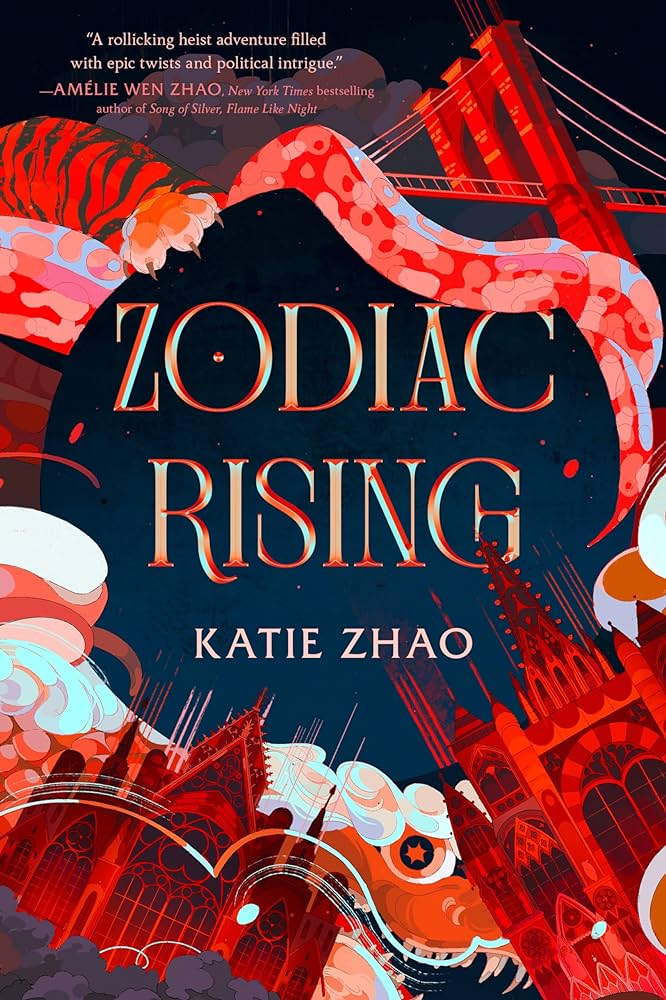 ZODIAC RISING
ZODIAC RISING
By Katie Zhao, ’17, MACC’18
Random House Books for Young Readers, 2024
The origins of the story in “Zodiac Rising” date back hundreds of years to when 12 magical soldiers — one to represent each being of the Chinese Zodiac — were sent to save citizens from the horrifying Gods-sent beasts meant to punish the emperor. Now, siblings Evangeline and Julius Long are the powerful lone survivors of the House of Dragon. When Julius is killed in his quest to restore justice for the soldiers’ descendants, the novel takes off as Evangeline sets out to fulfill her brother’s mission. She calls to her supernatural descendant friends, Tristan and Nicholas, and an unlikely human hero who is just learning the extent of her powers to join her on this adventure.
The novel shines in its world building, as it spans from the secret Earthly Branches Academy to faerieland, shaman prisons, China, and beyond. Through a structure that shifts perspective by the chapter, this story is filled with vampires, faeries, werewolves, prophecies, and a magical boarding school classified by its descendants’ pupils. The book conquers complex ideologies with thorough explanation, including those about the Chinese Zodiac, war, and fantastical elements of sorcery.
“Zodiac Rising” pulls you into this fantastical world while also beautifully touching on familial loyalty, justice, and history. The call to adventure, and the desire to make sense of the world, which so many of us feel in our teen years, radiate through this YA read. — MAY FULLER, ’24
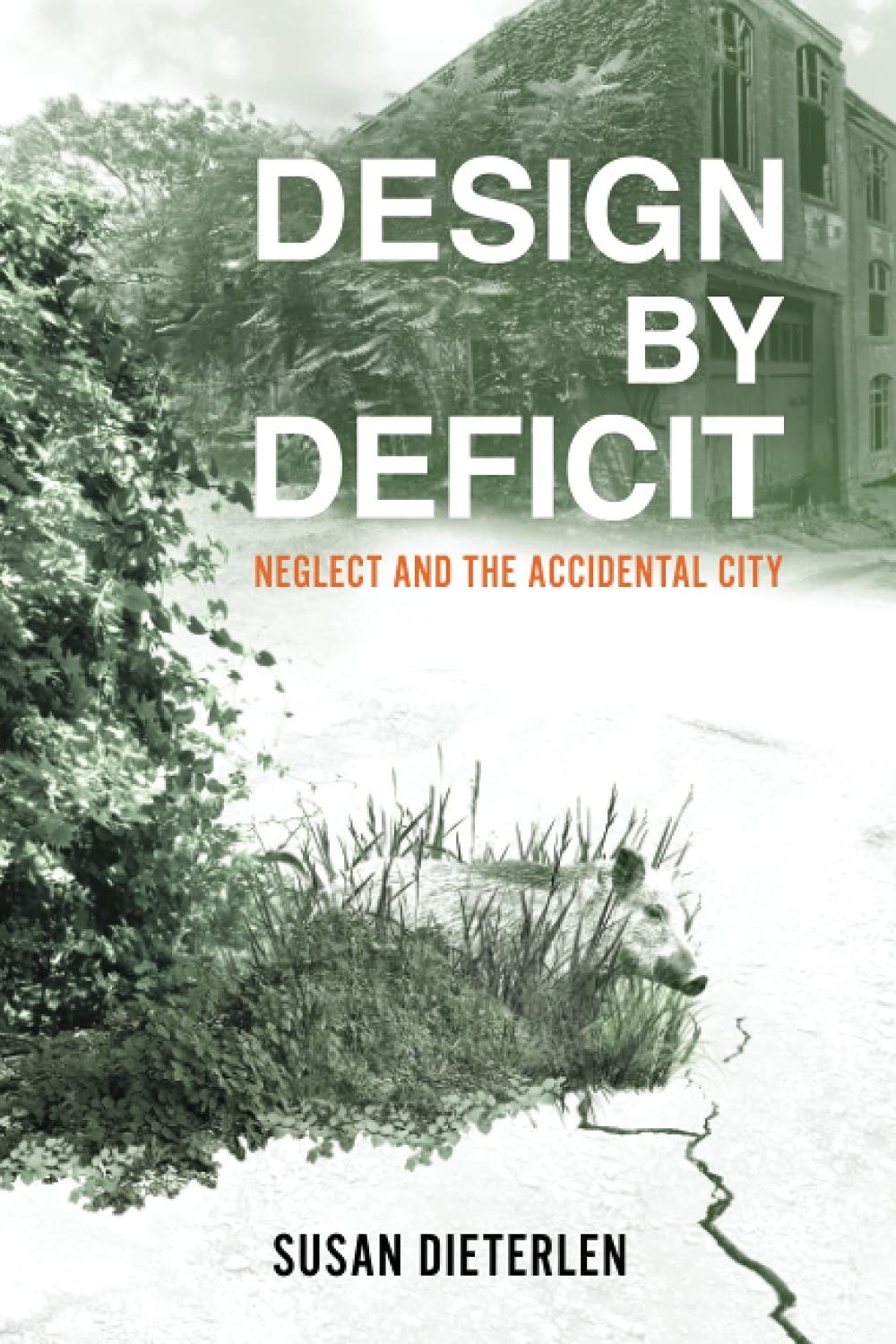 DESIGN BY DEFICIT: Neglect and the Accidental City
DESIGN BY DEFICIT: Neglect and the Accidental City
By Susan Dieterlen, MLARCH’04, PhD’09
DeftSpace Lab, 2021
“Design by Deficit” is a study of the ways in which neglect can impact our urban infrastructure. Inside, Susan Dieterlen, MLARCH’04, PhD’09, returns to poetic World War I-wreckage imagery, though her subject matter seems — at least at first glance — to differ so vastly.
“Things can come apart in terms of how we get along with each other, how systems work, or how structures endure,” Dieterlen writes. “Neglect is this falling apart that affects cities like yours and mine.” As the environments of our cities are shaped by neglect, she adds, we are in turn shaped by those environments — see the chapter on the Flint water crisis for a perfect example.
But Dieterlen’s central thesis is far more subtle and nuanced than even the above might suggest. “Neglect, in some ways, shapes urban environments in ways that benefit us. Some of us, some of the time, are better off because of neglect,” she writes.
Throughout the book, Dieterlen explores these ideas in language that is, in places, startlingly lyrical. “Disinvestment in cities is an old story,” she writes. “Its sad fruits are well documented.” Rigorously researched and beautifully written, Dieterlen’s book is a must-read. — NATALIA HOLTZMAN, MSI’19
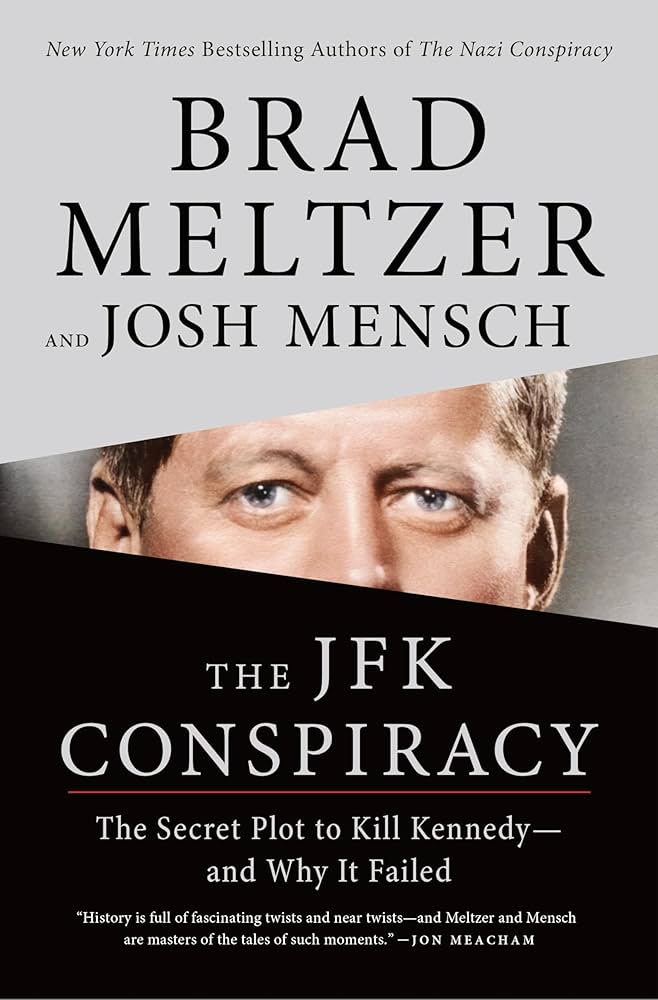 THE JFK CONSPIRACY: The Secret Plot to Kill Kennedy — And Why it Failed
THE JFK CONSPIRACY: The Secret Plot to Kill Kennedy — And Why it Failed
By Brad Meltzer, ’92, HLLD’24, and Josh Mensch
Flatiron Books, 2025
Three years before President John F. Kennedy was assassinated in Dallas, there was another plot to kill the 35th president. Largely forgotten to history, Brad Meltzer, ’92, HLLD’24, and his writing partner Josh Mensch unspool the tale of Richard Pavlick, a retired postal worker who came within moments of killing JFK before he took the oath of office.
The book details JFK’s rise on the political stage, leading to his ultra-thin electoral victory in 1960. It follows Pavlick’s movements from New Hampshire to Kennedy’s compound in Palm Beach, Florida, where he had a car loaded with dynamite in December 1960, just a month away from Kennedy’s inauguration. As told in dramatic detail, Pavlick is in position and has a clear opportunity to kill Kennedy, but a twist of fate intervenes.
The gripping story includes a firsthand account from Clint Hill, the secret service agent who was put in charge of protecting First Lady Jacqueline Kennedy.
The plot became a forgotten piece of history largely because just as Pavlick is arrested and the truth is uncovered, two commercial planes collided in midair over New York City, resulting in the world’s deadliest aviation crash at the time. That story, not the failed plot against JFK, captured the attention of Americans.
“The JFK Conspiracy” is actually one of two New York Times bestselling books that Meltzer released this year. He also released “Make Magic,” an adapted version of the commencement address he gave to the U-M class of 2024. — JEREMY CARROLL


